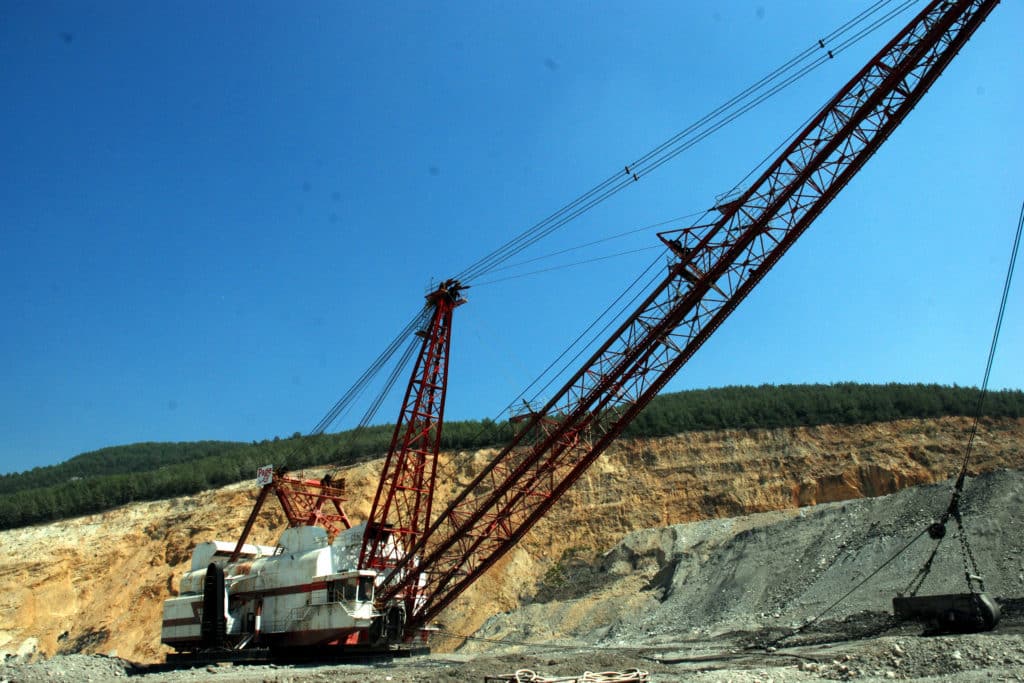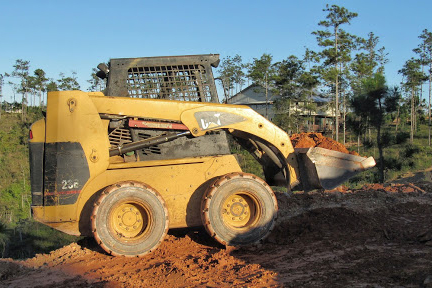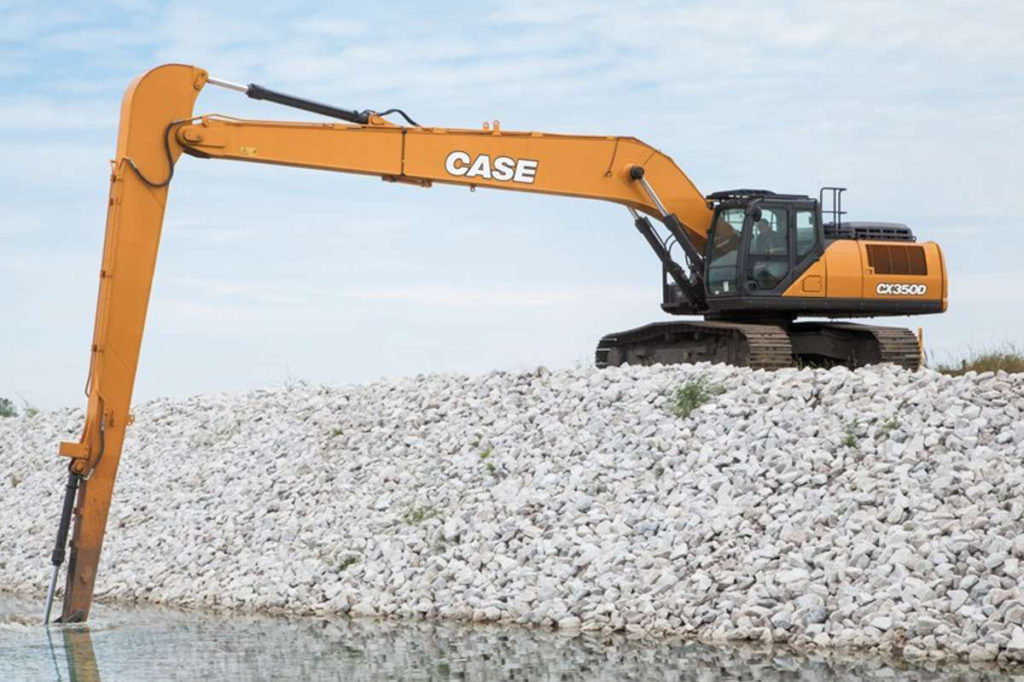Excavators are popular earth moving vehicles that feature a bucket, arm, rotating cab, and movable tracks. These components provide superior digging power and mobility, allowing this heavy equipment to perform a variety of functions, from digging trenches and breaking holes to lifting away waste and excavating mines. Transporting different kinds of excavators from one job site to another involves several steps that should not be overlooked when using thorough and consistent hauling techniques. Different excavator types and their uses on the construction site.

Dragline Excavators
These are a large excavator, but they utilize an alternative process to lift and move debris. A dragline excavator is a piece of heavy equipment used in civil engineering and surface mining. Draglines fall into two broad categories: those that are based on standard, lifting cranes, and the heavy units which have to be built on-site. It uses a rope system that connects one side of the bucket through a hoist coupler. The other side of the bucket is fixed to a dragline that connects the bucket to the machine’s cab. The top is used to raise and lower the bucket. While the dragline is used to pull the bucket back towards the cab safely.

Skid Steer Excavators
Unlike standard excavators, skid steers have booms and buckets that face away from a driver. This orientation allows the attachments to reach over the cab instead of around it, making them useful in more narrow areas and maneuvering tricky turns. They are often used for digging pools, site cleaning, residential work, and debris removal, where space is more limited and objects are spread out apart.

Vacuum Excavators
A suction excavator or vacuum excavator is a construction vehicle that removes materials from a hole on land, or removes heavy debris on land. The excavator loosens the ground using a water jet and then the pipe, fitted with sharp teeth to further break up the debris, and remove it safely. The vacuum excavator typically causes less damage to the surrounding soil than other excavation machines.

Long Reach Excavators
As its name suggests, a long reach excavator features a lengthier arm and boom sections. The design allows for better operation in hard-to-reach locations. The excavator’s extendable arm can reach over 100 feet horizontally. These excavators are best used for demolition projects like structural crumbling and breaking down walls and applications that are over a body of water. They are commonly used in industrial demolition projects where it is unsafe to use explosives and more control is required.
How to Transport an Excavator Safely
If you’re shipping an excavator to a new job site, that means time is money. The sooner you get your excavator, the sooner you can get to work. It is possible to minimize the challenges associated with loading and transporting an excavator. The key process is to choose an appropriate sized towing vehicle. Follow the recommended loading procedures and secure the excavator. Do your research to ensure the trailer meets the capacity of the excavator as well as state and federal regulations. Smaller excavators can be shipped on a trailer capable of supporting 10,000 lbs or weight, while larger excavators may need a trailer that can bear 20,000 lbs. of weight on its axles. Before traveling offsite, the boom arm bucket and the blade should be lowered to the trailer’s floor. Chains at the front and rear using the machine’s tie-down point will help to prevent movement during transit.
Contact Us (859) 824-4177 for more information or to get a quote!
—
About American Lighthouse Transportation
American Lighthouse Transportation has been serving shippers with honesty and integrity throughout the United States, since 1998. You can depend on our experienced and knowledgeable management team, drivers, and support for all your shipping needs. We communicate effectively to make sure your shipment arrives safely, accurately, and on-time! You can count on us for personalized customer service, expert guidance, accurate anticipation of potential setbacks, and possible workarounds and solutions.
>> Learn More
